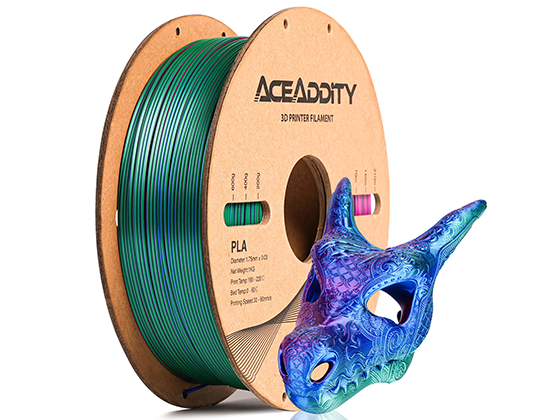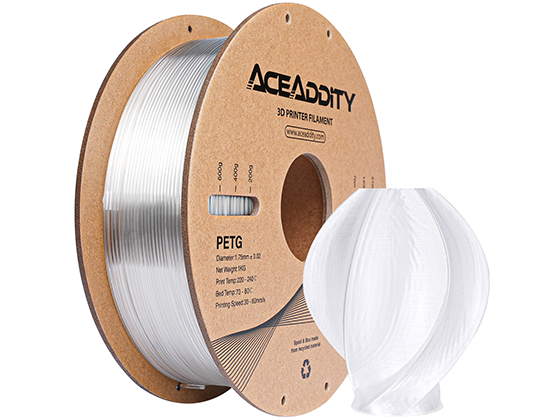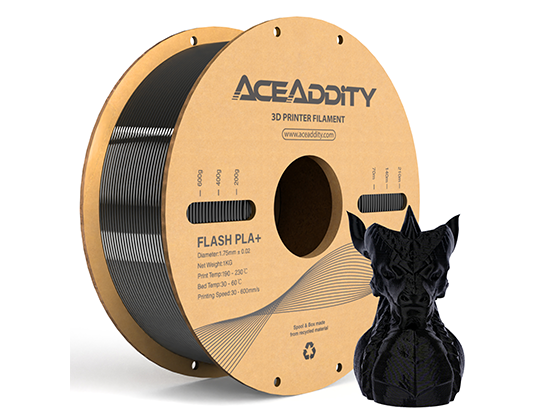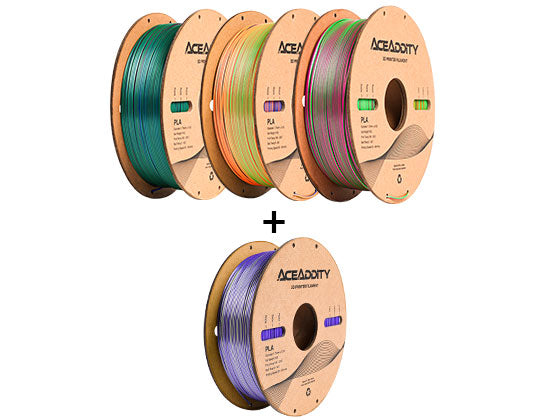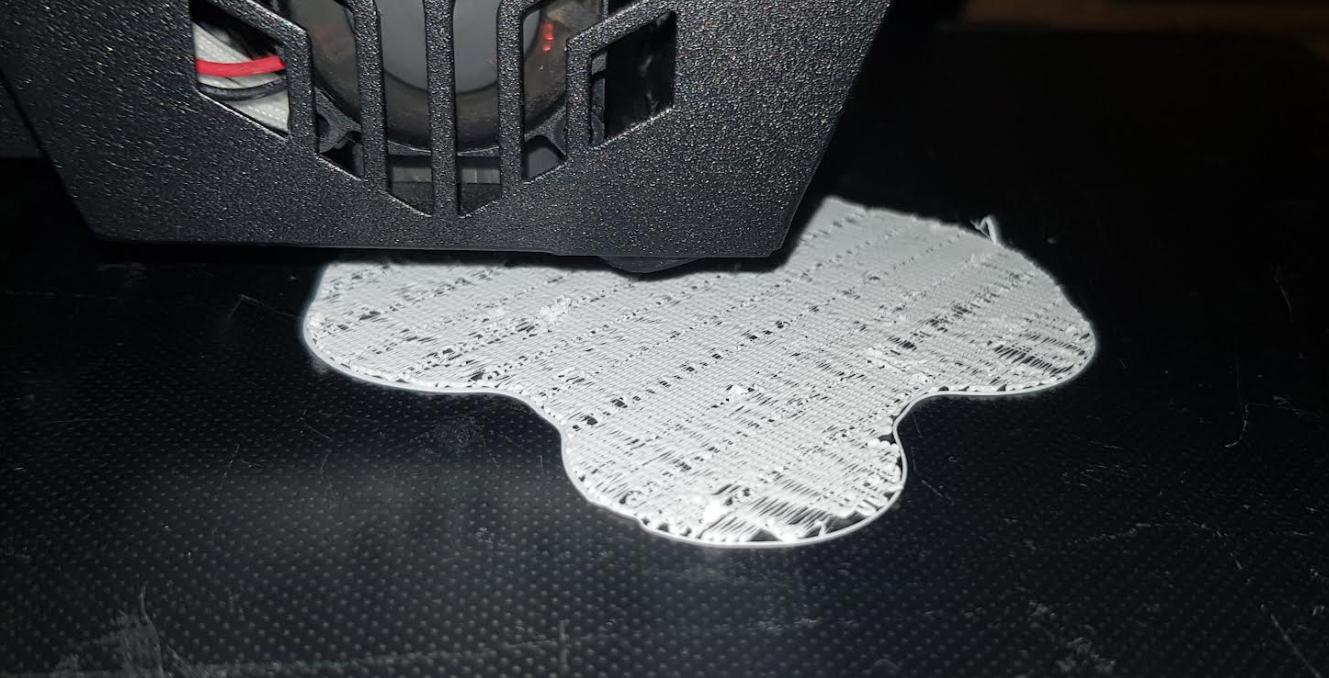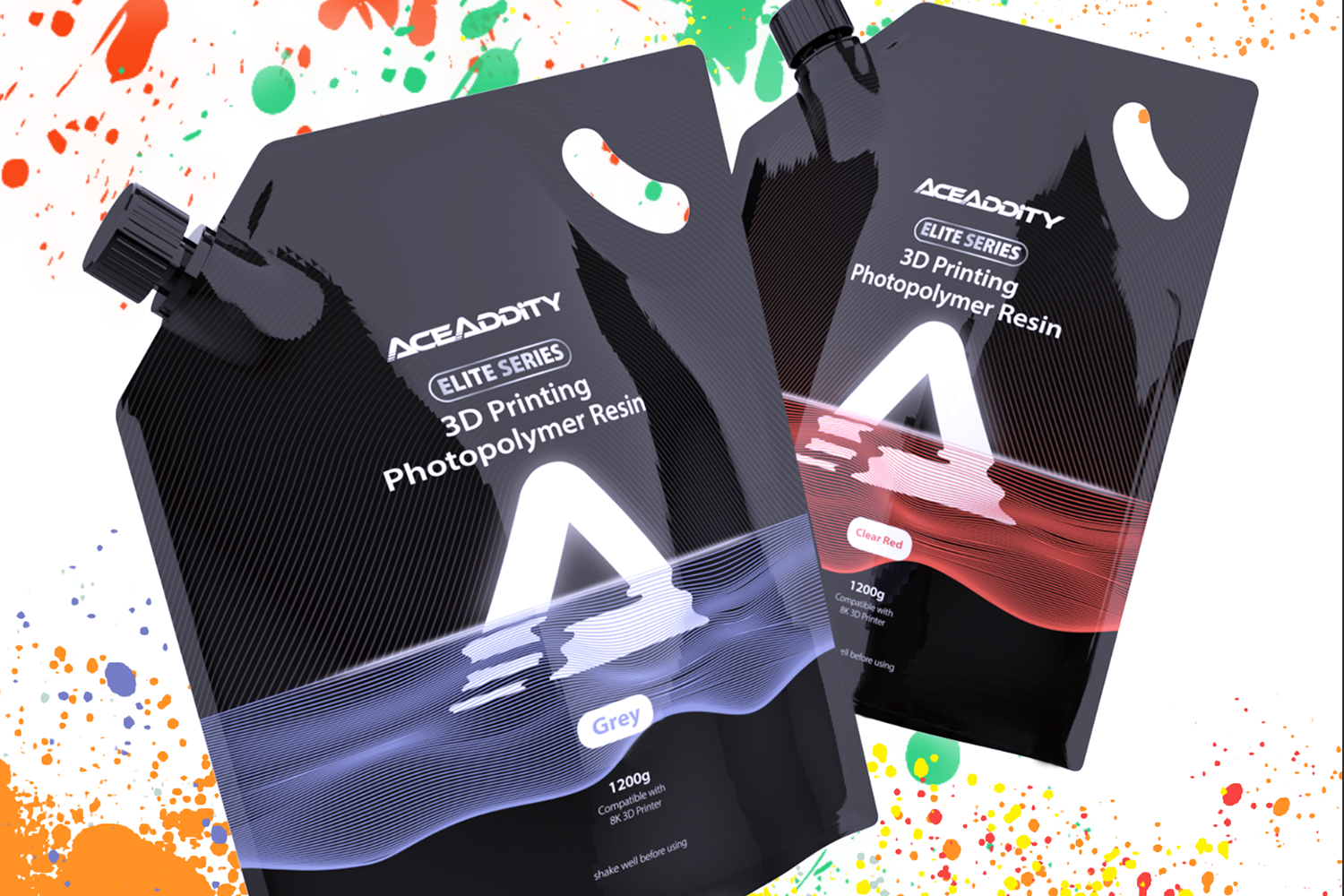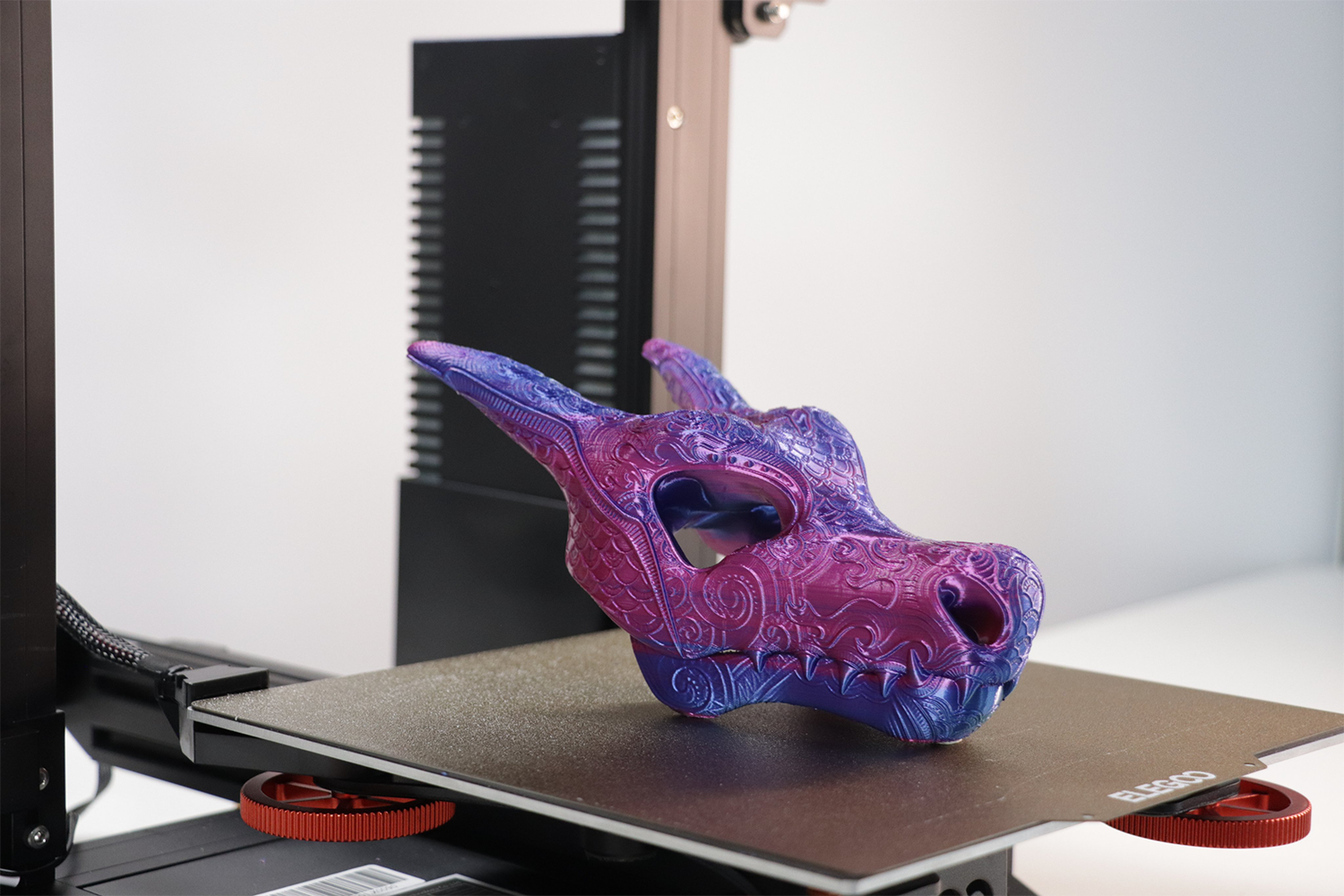One of the most common challenges encountered in FDM 3D printing is the issue of the print not sticking to the bed. This frustrating problem can lead to failed prints and wasted time and filament. However, fear not! In this troubleshooting guide, we will explore some common causes and provide practical solutions to help you overcome this issue and achieve successful prints.
- Leveling the Print Bed:
- Start with the nozzle and bed heated to the printing temperature.
- Use a piece of paper or a feeler gauge to adjust the bed height, ensuring a slight resistance when sliding the paper between the nozzle and bed.
- Repeat the process for all corners and the center of the bed.
-
Cleaning the Print Surface:
-
Applying Adhesive Aids:
- Blue painter's tape: Apply tape to the print bed, ensuring a smooth and flat surface for the print.
- Kapton tape: This heat-resistant tape provides excellent adhesion for PLA prints.
- Print adhesives: Apply a thin layer of glue stick or a specialized 3D printing adhesive like hairspray or a dedicated print bed adhesive.
-
Adjusting Bed Temperature:
-
Fine-Tuning Print Settings:
- First-layer height: Increase the first-layer height slightly to ensure better contact between the nozzle and the bed.
- First-layer speed: Slow down the first layer to provide more time for proper adhesion.
- Extrusion temperature: PLA adhesion can be affected by the extrusion temperature. Experiment with slightly higher or lower temperatures to find the sweet spot.
Overcoming PLA adhesion issues is a crucial step towards successful 3D printing. By following this troubleshooting guide and implementing the recommended solutions, you can significantly improve bed adhesion and achieve high-quality prints with PLA. Remember, troubleshooting is often a process of trial and error, so don't be afraid to experiment and adjust settings until you find what works best for your specific printer and filament. Happy printing!


